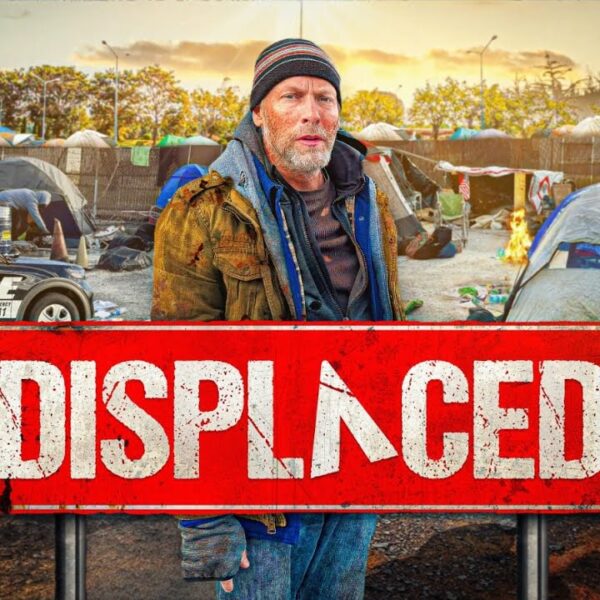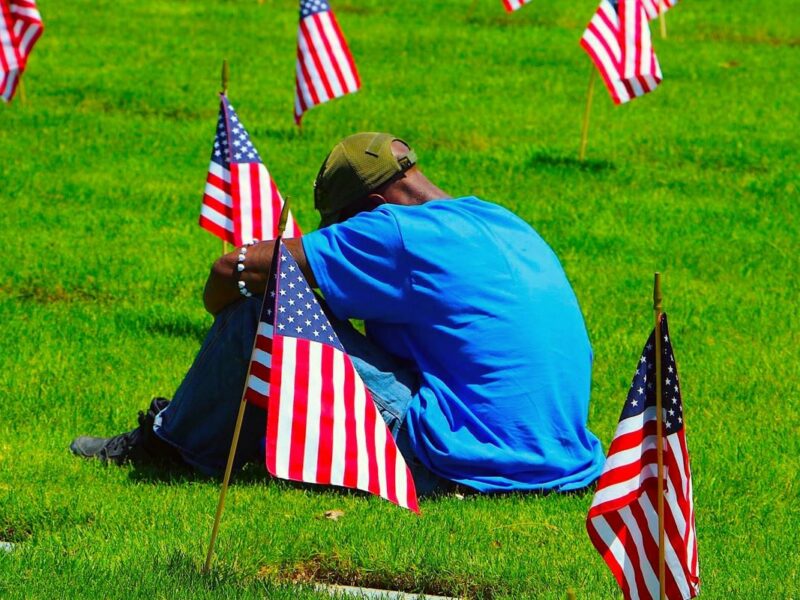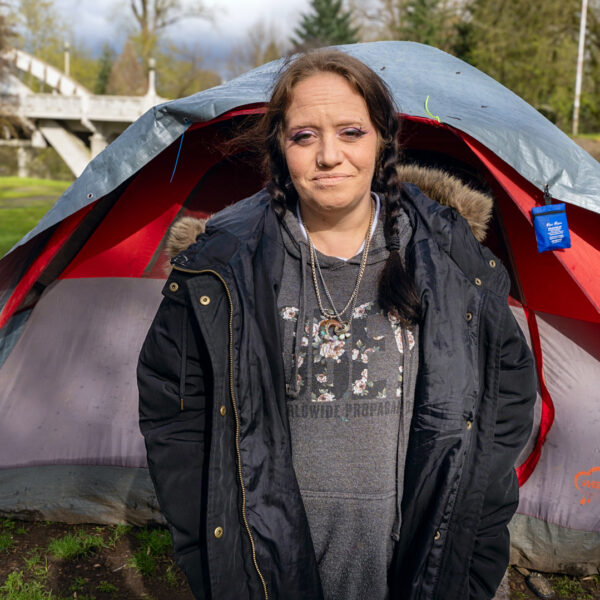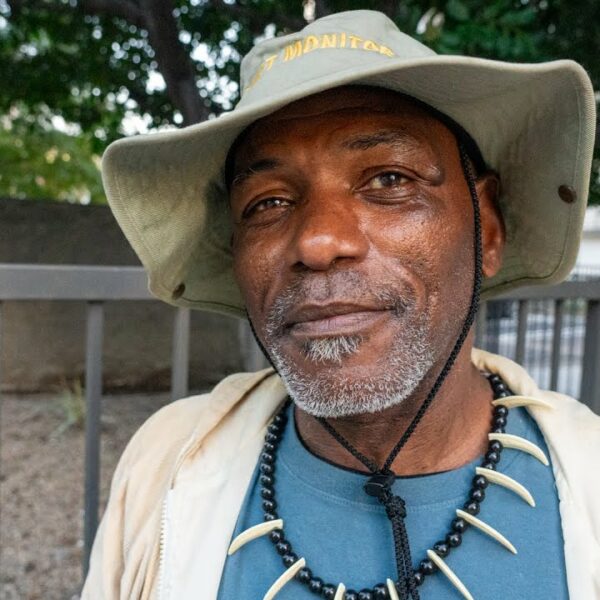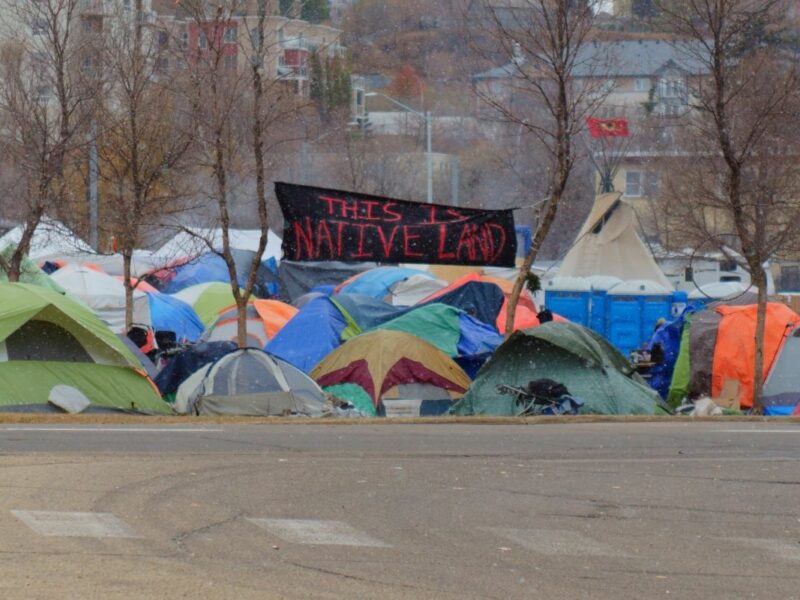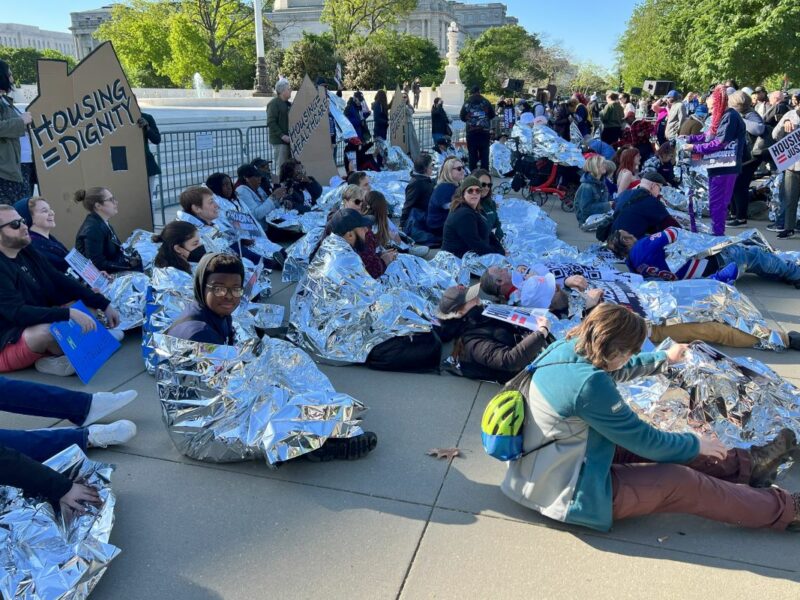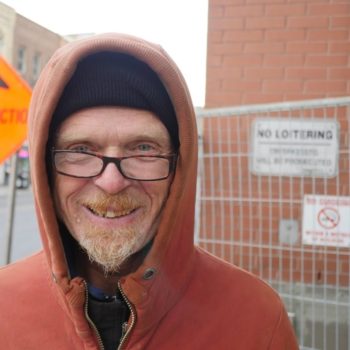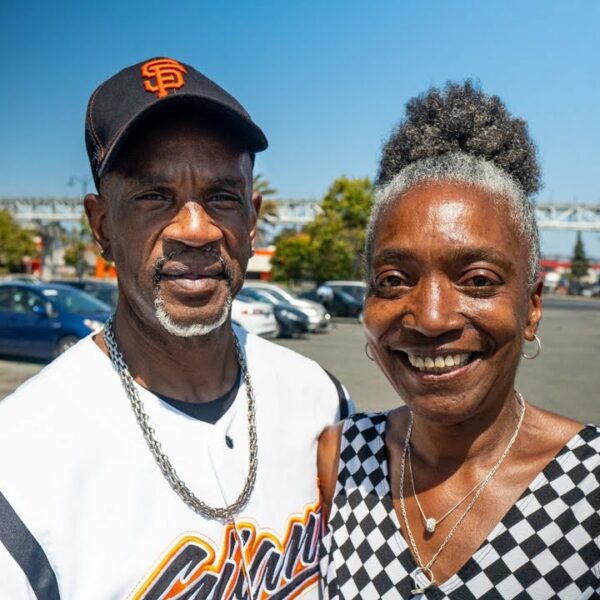In Toronto, residents in the city shelter system must now wear face masks inside. This policy change came just weeks after advocates argued against the city’s choice to leave homeless shelters out of the bylaw requiring masks to be worn in indoor areas.
Along with staff and visitors, residents must wear face masks in indoor common areas of Toronto shelters. Measures began at the end of September.
Because homeless shelters are considered residences and not public areas, this requirement is not linked to the bylaw passed in June, which requires wearing face masks in all public areas.
Before the new policy change, wearing face masks was simply encouraged in a shelter’s common areas to reduce the spread of COVID-19.
What’s the Homelessness Situation Like in Toronto?
Homelessness is an epidemic in Toronto so keeping residents safe in the shelter system is crucial. Many positive COVID-19 cases have been asymptomatic in Toronto’s homeless shelters. It’s essential to keep cases as low as possible.
Toronto’s homelessness issue is primarily due to the economy and housing market. Over the past decade, rental costs have skyrocketed, and there’s a lack of affordable housing. Affordability is the main challenge in helping people move out of shelters and into safe and secure housing.
The average wait for a two-bedroom apartment is 8.5 years. Likewise, approximately 76% of homeless people in Toronto said they would need help paying Toronto’s sky-high rents.
Toronto has been experiencing the effects of various trends coming to a head:
- Years of underinvestment in social housing from the government have left Toronto with a whopping 100,000-person waiting list.
- Rising rental prices put massive pressure on anyone seeking an affordable place to live.
- The already crowded shelter system has welcomed a surge of refugees in the past two years.
- COVID-19 is sure to send more people to the streets as an influx of people lose their jobs.
These factors combined create a homelessness crisis. From 2016 to late 2018, the average number of residents using Toronto’s emergency shelters increased 60% to more than 6,600.
It’s not all bad news, though. When COVID-19 struck, Toronto officials implemented a rapid rehousing response. They successfully moved people out of shelters and into longer-term accommodations.
Likewise, city authorities recently committed to an historic investment to end homelessness in Toronto. The $1 billion Rapid Housing Initiative and a $237 million expansion of the community-based Reaching Home program will provide urgent housing and support resources to protect people experiencing homelessness due to COVID-19.
What’s the Shelter System Like in Toronto?
Toronto has 63 shelters. The city itself runs 10 while 53 others operate in partnership with community agencies, such as the Salvation Army. Across the shelter system, conditions vary significantly.
The best shelters are clean, small, and managed by caring professionals. The worst shelters are cramped and full of bedbugs.
When the homeless shelters are full, the city rents rooms in hotels and motels, at considerable expense. Each winter, volunteers run various programs. Religious communities offer hot meals and shelter from the blistering cold weather, often in church basements and synagogues.
In recent years, Toronto has introduced a selection of “warming centers” for homeless people to keep them safe from the cold weather.
Warming centers often provide chairs and snacks for homeless people and are usually open during the coldest winter months. There are also 24-hour respite sites where people can sleep in a cot or on a mat on the floor. There are two 24-hour drop-in centers open for women.
Toronto’s city shelters have specific rules, such as curfews. However, these other facilities for homeless people are more open and unstructured. They’re designed for vulnerable people who can’t or won’t sleep in shelters. For example, homeless visitors may have pets or don’t feel safe or comfortable sleeping in shelters.
These additional facilities are created as last resorts for homeless people to warm up and spend some time indoors.
Sistering is a 24-hour women’s facility near Bloor and Dovercourt. While the capacity is 50 people, there are many nights where up to 70 women compete for space. Twice daily, staff members run a lottery to select who can sleep in one of Sistering’s 12 reclining chairs. The rest of the women must sleep on thin gym mats, couches, or in blankets on the deck outside.
Police often bring women suffering from abuse to Sistering when the other women’s shelters are packed. Or hospitals discharge female patients there when there’s nowhere else for them to go.
How Did the New Regulations Come About?
The shelter system’s new change in policy follows consultations with partners in the homelessness services sector.
In homeless shelters, social distancing can be challenging. Residents share many facilities such as kitchens and bathrooms and often sleep side-by-side. These living conditions can make an outbreak of coronavirus more likely.
In August, homelessness advocates called for masks to be mandatory in homeless shelters to protect residents and staff members from COVID-19. While wearing a mask indoors daily may be slightly inconvenient or uncomfortable, right now, it’s essential for protection.
Advocates are concerned that when it comes to protecting homeless people during the pandemic, homeless people aren’t treated as a priority. This population was last to receive mass testing. And screening hasn’t been effective.
While there are currently no outbreaks in Toronto’s homeless shelter system, there have been some casualties. In May, two people died after testing positive while residing in St. Simon’s shelter. Eighteen others were infected. As a result, the shelter closed for two weeks.
To prevent more casualties occurring, shelter residents must wear mandatory face masks.
Are Face Masks Provided?
As homeless people usually have limited funds, safe and sanitary face masks must be given to the residents of homeless shelters. City officials said they would try to obtain enough face coverings for all residents in Toronto’s homeless shelter system.
“The requirement for shelter clients to wear masks in the shelters’ common areas is just one more measure that we can take to protect people experiencing homelessness that also helps to protect everyone in Toronto,” stated Mayor John Tory in a media release.
City staff members will also collaborate with front-line services to help residents of the shelter system transition to wear mandatory masks inside. To do this, city staff members will teach residents how to use face masks safely.
With winter fast approaching, keeping homeless people safe from COVID-19 is more crucial than ever. It’s essential that all homeless shelter residents wear face masks indoors to avoid spreading the virus, especially in shelters where outbreaks can quickly occur.
Toronto’s positive progress and recent commitment of funding offers an opportunity for ending homelessness in the city. But, without careful management and routine use of face masks, this progress could quickly become undone.



